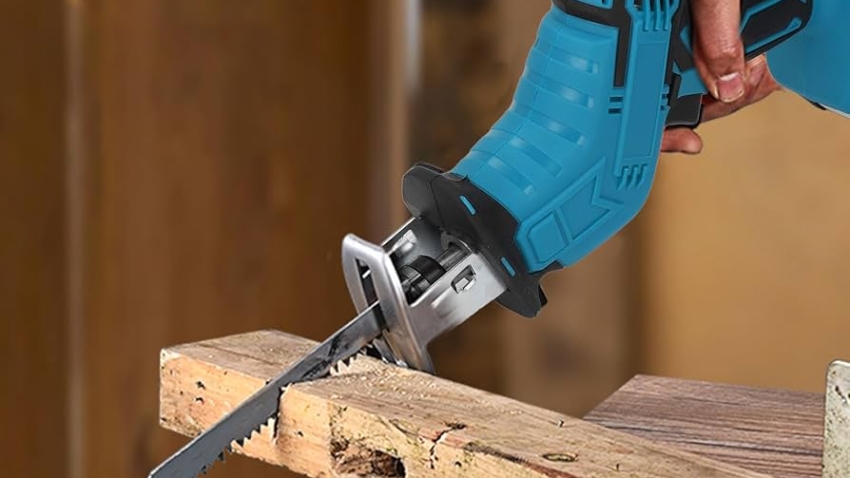
Saw Electric: A Comprehensive Guide
In the realm of power tools, the saw stands as an indispensable companion for professionals and DIY enthusiasts alike. Among the various types, the electric saw has emerged as a versatile and efficient choice, capable of tackling a wide range of tasks. This comprehensive guide will delve into the world of electric saws, exploring their different types, key features, safety considerations, and popular applications.
Types of Electric Saws
Electric saws come in numerous variations, each designed to excel in specific applications. Here are some of the most common types:
- Circular Saw: Equipped with a circular blade, the circular saw is a powerhouse for cutting wood, metal, and other materials. It’s ideal for straight cuts, bevel cuts, and plunge cuts.
- Reciprocating Saw: This saw features a reciprocating blade that moves back and forth, making it perfect for demolition work, cutting curves, and flush-cutting.
- Jigsaw: With a narrow blade that oscillates up and down, the jigsaw is designed for intricate cutting tasks, such as cutting curves, shapes, and holes.
- Table Saw: A stationary power tool, the table saw boasts a circular blade mounted beneath a table. It’s used for precision cutting and ripping large pieces of wood.
- Miter Saw: Designed for making accurate crosscuts, the miter saw has a blade that rotates on a vertical axis. It’s commonly used in woodworking and construction.
- Chainsaw: Featuring a chain-driven blade, the chainsaw is a powerful tool for cutting through wood, often used in forestry and outdoor projects.
Key Features to Consider
When choosing an electric saw, several key features should be taken into account:
- Power: The power rating (measured in amps or watts) determines the saw’s ability to cut through different materials. Higher power ratings are generally suitable for heavier-duty tasks.
- Blade Size: The size of the blade affects the cutting capacity of the saw. Larger blades are better for cutting thicker materials, while smaller blades are more maneuverable.
- Cordless vs. Corded: Cordless saws offer portability and convenience, but they may have limited battery life. Corded saws provide continuous power but can be less mobile.
- Safety Features: Look for saws with safety features such as blade guards, anti-kickback mechanisms, and dust ports to minimize the risk of accidents.
- Ergonomics: A comfortable grip and well-balanced design can reduce fatigue during prolonged use.

Safety features
Electric saws are equipped with various safety features to minimize the risk of accidents and injuries. Here are some of the most common safety features found on electric saws:
Blade Guards
- Upper guard: Covers the majority of the blade, protecting the user from accidental contact.
- Lower guard: Retracts when the saw is in use and covers the blade when not cutting, preventing kickback and accidental contact.
Anti-Kickback Mechanisms
- Teeth configuration: The teeth are designed to reduce the likelihood of the blade binding and kicking back towards the user.
- Kickback pawls: These mechanisms engage when the blade binds, preventing it from moving backward.
Dust Ports
- Reduce dust exposure: Dust ports help to collect and channel sawdust away from the user, reducing the risk of respiratory problems.
Lock-On Switches
- Prevent accidental start-up: Lock-on switches require the user to hold down a trigger to activate the saw, preventing accidental starts.
Emergency Stop Buttons
- Quick shutdown: Emergency stop buttons allow the user to immediately shut off the saw in case of an emergency.
Soft Start
- Gradual acceleration: Soft start features gradually increase the speed of the saw, reducing the risk of kickback and providing better control.
Laser Guides
- Precise cutting: Laser guides project a line onto the workpiece, helping the user make accurate cuts.
Ergonomic Design
- Comfortable grip: Ergonomic handles and grips reduce fatigue and improve control.
Safety Labels and Instructions
- Important information: Clear safety labels and instructions provide essential information about the safe operation of the saw.
Even with these safety features, it’s crucial to use electric saws with caution and always wear appropriate personal protective equipment (PPE).
Safety First: Essential Guidelines
Using an electric saw requires proper safety precautions to prevent accidents and injuries. Here are some essential guidelines:
- Wear Protective Gear: Always wear safety glasses, hearing protection, gloves, and a dust mask when operating an electric saw.
- Inspect the Tool: Before each use, inspect the saw for any damage, loose parts, or worn blades.
- Secure the Workpiece: Ensure the workpiece is securely clamped or held in place to prevent it from moving during cutting.
- Avoid Contact: Never touch the blade or the saw’s body while it is running.
- Keep Children Away: Children should be kept at a safe distance when operating an electric saw.
- Disconnect Power: Always unplug the saw before making adjustments or cleaning it.
Considerations for Choosing an Electric Saw
When selecting an electric saw, several factors should be taken into account to ensure you choose the right tool for your specific needs. Here are some key considerations:
Type of Saw
- Intended use: Determine what tasks you’ll be performing with the saw. Different types of saws are designed for specific applications.
- Cutting capacity: Consider the size and thickness of the materials you’ll be cutting. Some saws are better suited for handling larger or thicker materials.
- Maneuverability: If you need a saw that is easy to handle and maneuver, look for models with a lightweight design and a comfortable grip.
Power
- Amperage or wattage: The power rating of the saw determines its ability to cut through different materials. Higher power ratings are generally suitable for heavier-duty tasks.
- Cordless vs. corded: Cordless saws offer portability and convenience, but they may have limited battery life. Corded saws provide continuous power but can be less mobile.
Blade Size
- Cutting capacity: The size of the blade affects the cutting capacity of the saw. Larger blades are better for cutting thicker materials, while smaller blades are more maneuverable.
- Compatibility: Ensure that the saw is compatible with the blade sizes you need.
Budget
- Cost: Set a budget for your electric saw and research models that fit within your price range.
Brand and Reputation
- Reliability: Consider the reputation of the brand and look for saws with a history of reliability and durability.
- Customer reviews: Read customer reviews to get insights into the performance and satisfaction of different saw models.
By carefully considering these factors, you can choose an electric saw that is well-suited for your needs and will provide you with reliable performance.

Popular Applications of Electric Saws
Electric saws are used in a wide range of applications, both professionally and for DIY projects. Here are some common uses:
- Woodworking: Building furniture, cabinets, and other wooden structures.
- Construction: Cutting lumber for framing, roofing, and other construction tasks.
- Home Improvement: Remodeling projects, such as installing flooring, trim, and cabinets.
- Outdoor Projects: Building decks, sheds, and other outdoor structures.
- DIY Projects: Cutting materials for various DIY projects, such as crafts, home decor, and repairs.
Personal protective equipment (PPE)
Safety first should always be the top priority when operating any electric saw. Wearing the appropriate personal protective equipment (PPE) can significantly reduce the risk of injuries. Here’s a breakdown of essential PPE for electric saw users:
Eye Protection
- Safety glasses or goggles: These are crucial to protect your eyes from flying debris, sawdust, and potential blade fragments.
- Face shield: For tasks involving heavy-duty cutting or abrasive materials, a face shield can provide additional protection for your face and neck.
Hearing Protection
- Earmuffs or earplugs: Electric saws can generate significant noise levels. Hearing protection is essential to prevent hearing damage in the long run.
Respiratory Protection
- Dust mask or respirator: Depending on the type of material being cut and the amount of dust generated, a dust mask or respirator can help protect your lungs from inhaling harmful particles.
Hand Protection
- Work gloves: Sturdy work gloves can protect your hands from cuts, splinters, and hot surfaces.
Footwear
- Closed-toed shoes: Steel-toed boots or sturdy work shoes with good traction can protect your feet from potential falling objects or accidental contact with the saw blade.
Additional Considerations
- Body protection: Depending on the specific task and the type of saw being used, you may also consider wearing protective clothing, such as long sleeves and pants, to minimize the risk of skin injuries.
- Safety harness: For tasks involving working at heights, a safety harness is essential to prevent falls.
Always follow the manufacturer’s instructions and adhere to local safety regulations when using electric saws. By wearing the appropriate PPE, you can significantly reduce the risk of accidents and injuries.
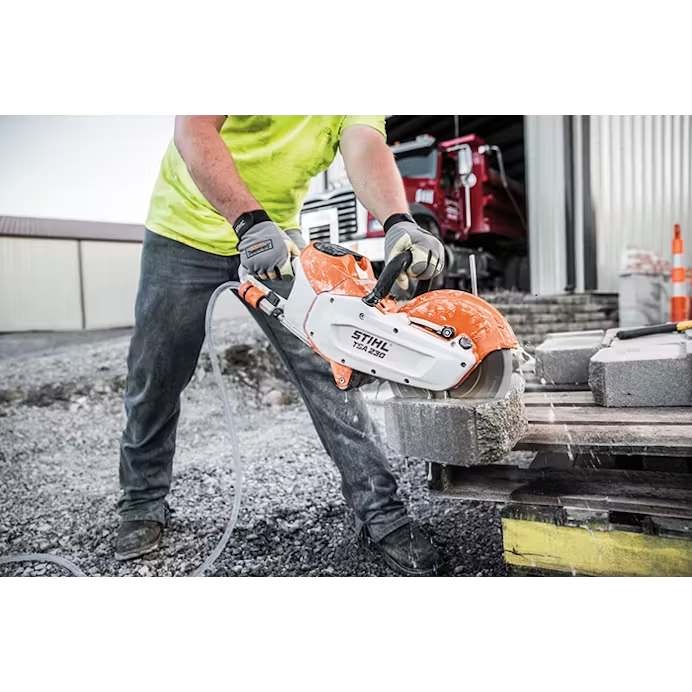
The electric saw is a versatile and powerful tool that can greatly enhance your woodworking and construction projects. By understanding the different types, key features, safety considerations, and popular applications, you can choose the right saw for your specific needs and use it safely and effectively.





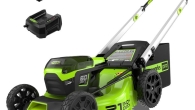
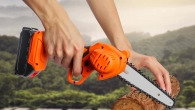
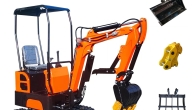



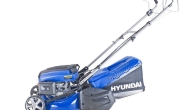
Leave a Reply